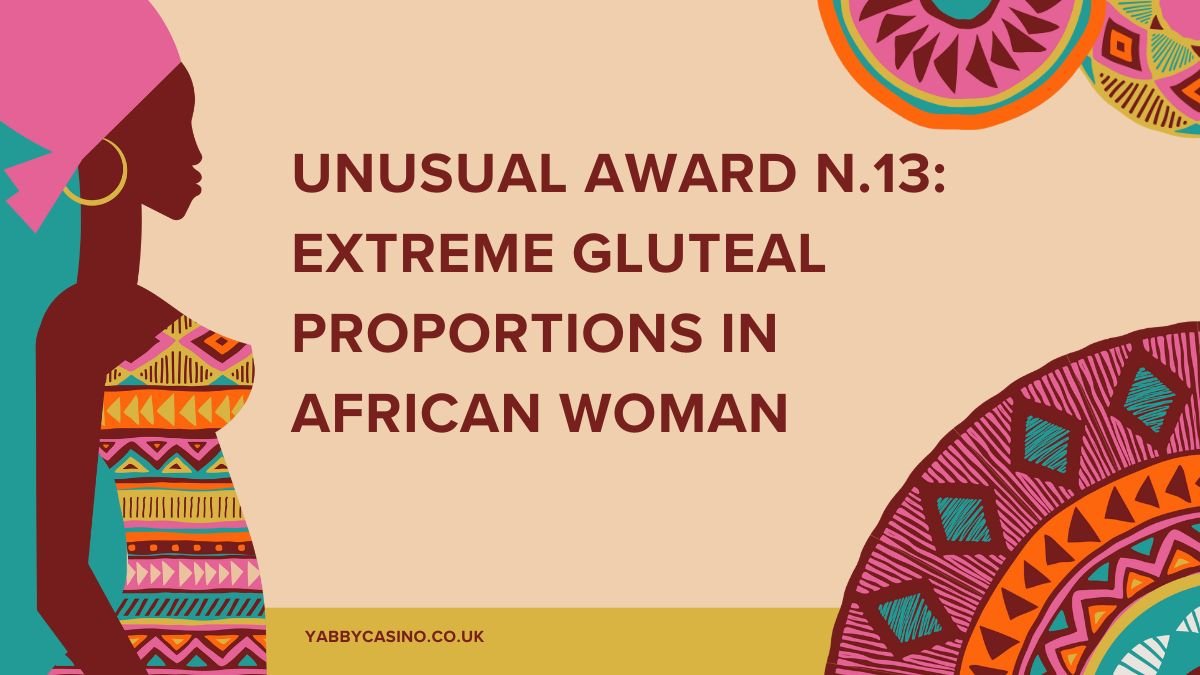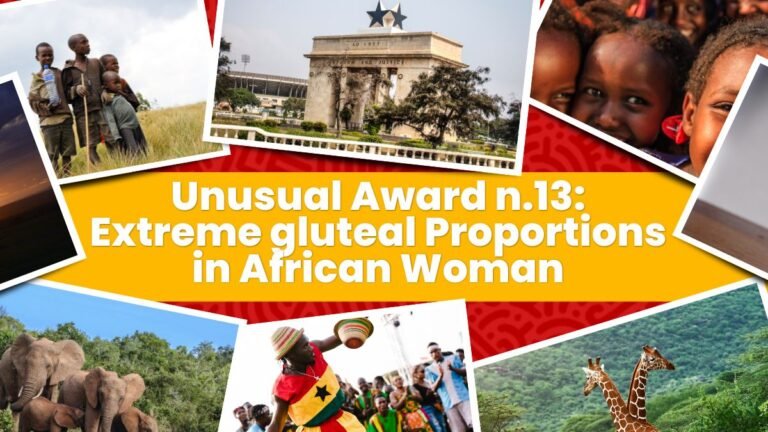Introduction
In a world full of unique stories and inspiring individuals, some awards celebrate what makes us stand out in the most unexpected ways. The Unusual Awards aim to spotlight exceptional traits, talents, or phenomena. Among these, Unusual Award n.13: Extreme gluteal Proportions in African Woman stands out, recognizing the extreme gluteal proportions found in some African women. This award celebrates not only physical uniqueness but also the cultural and societal narratives surrounding these features.
What Are Unusual Award n.13: Extreme gluteal Proportions in African Woman?
The Unusual Awards are designed to celebrate aspects of humanity that may not fit into traditional categories of recognition. They emphasize uniqueness and encourage people to embrace their individuality.
The Significance of Unusual Award No. 13
This Unusual Award n.13: Extreme gluteal Proportions in African Woman award focuses on honoring an often-overlooked aspect of human diversity. Extreme gluteal proportions, prominent in many African women, have deep cultural, scientific, and aesthetic implications.
The Unique Physique: Extreme Gluteal Proportions
What Are Extreme Gluteal Proportions?
Extreme gluteal proportions refer to a body shape characterized by significantly prominent hips and buttocks. This trait is often the result of genetic predispositions, unique lipid distribution, and evolutionary influences.
Scientific Definition
From a biological standpoint, extreme gluteal proportions are linked to subcutaneous fat distribution. Studies have shown that certain genetic markers prevalent in African populations influence this body type.
Cultural Relevance
In many African cultures, pronounced gluteal proportions are celebrated as a sign of femininity, fertility, and strength. This characteristic has been immortalized in art, music, and folklore.
Exploring African Beauty Standards
Africa is a continent rich in diversity, with beauty standards varying from one region to another. However, curvaceous figures, especially those with prominent gluteal proportions, are a common thread in many societies.
Unusual Award n.13: Extreme gluteal Proportions in African Woman as a Symbol of Femininity
Historical Perspectives
In ancient African societies, curvaceous women were often depicted in sculptures and paintings as symbols of beauty and prosperity. These traits were associated with health and fertility.
Modern Interpretations
Today, this admiration persists in many African communities and has even influenced global beauty standards, as seen in the rise of curvier body ideals in mainstream media.
The Science Behind Extreme Gluteal Proportions
The Role of Lipid Distribution
Body fat distribution is influenced by genetics, and certain genes determine the deposition of fat in specific areas of the body. This leads to unique body shapes, including extreme gluteal proportions.

Influence of Evolutionary Factors
Evolutionary biology suggests that pronounced gluteal proportions may have been advantageous for survival and reproduction in certain environments.
Common Misconceptions
While often admired, extreme gluteal proportions can sometimes be misunderstood or misrepresented, leading to unnecessary stigmatization.
Cultural Appreciation or Fetishization?
Drawing the Line Between Admiration and Objectification
Unusual Award n.13: Extreme gluteal Proportions in African Woman physical uniqueness should be done respectfully, without reducing individuals to their physical traits.
Media Representation
The portrayal of curvaceous women in media often walks a fine line between celebration and objectification, highlighting the need for balanced narratives.
The Role of Social Media
Platforms like Instagram and TikTok have amplified discussions around body diversity but have also contributed to the commodification of certain body types.
The Symbolism of Award No. 13
This award serves as a reminder that beauty comes in many forms and that every individual has something to be celebrated.
Embracing Body Positivity
By acknowledging extreme gluteal proportions, the award promotes self-love and confidence in women who embody this trait.
Impact on Unusual Award n.13: Extreme gluteal Proportions in African Woman Communities
Confidence and Representation
For many African women, this recognition is a validation of their natural beauty and a source of empowerment.
Challenges and Stereotypes
Despite the celebration, challenges like stereotyping and objectification persist, requiring continued efforts to promote understanding and respect.
Conclusion
Diversity is humanity’s greatest strength, and Unusual Award n.13: Extreme gluteal Proportions in African Woman is a celebration of that diversity. By recognizing extreme gluteal proportions, we not only honor a unique physical trait but also the rich cultural heritage and individuality of African women. Let this be a message to future generations: every body is beautiful, and every story is worth telling.
FAQs
What inspired Unusual Award No. 13?
This award was inspired by the celebration of human diversity and the unique beauty found in different cultures.
How are extreme gluteal proportions defined scientifically?
They are defined by genetic predispositions and specific patterns of fat distribution influenced by evolutionary factors.
Is the award aimed at promoting body positivity?
Yes, it seeks to encourage self-love and challenge societal norms around beauty.
How does this recognition impact African communities?
It fosters pride in cultural heritage and promotes representation in broader conversations about beauty.
What’s next for the Unusual Awards?
Future awards will continue to celebrate human diversity in all its forms, challenging stereotypes and embracing uniqueness.

